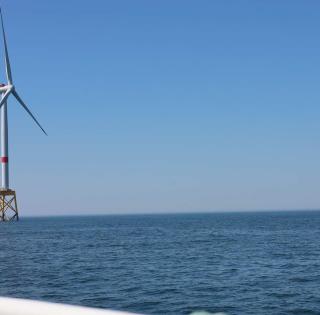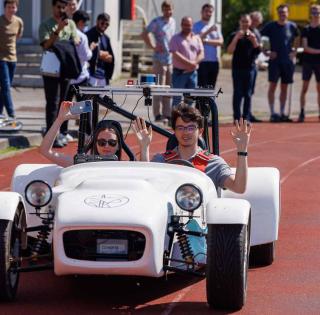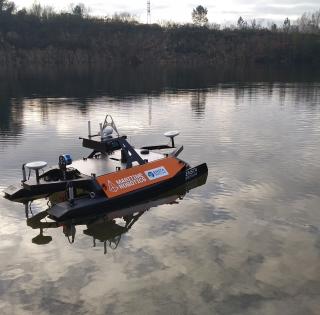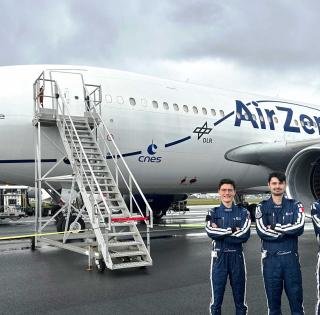
After preparatory classes in MPSI (math, physics and engineering science) and then PSI (physics and engineering science), Laure enrolled in the Mechanical Modeling major at ENSTA Bretagne. For her final-year project, she worked at Éxameca Développement in Pau, developing an A380 landing-gear casing and a prototype component for LEAP plane engines. At the end of her internship, the company offered her a permanent contract as an executive structural engineer with the possibility of rapid advancement to a business manager position.
"Our office joined the AD Industrie group, which has 1,500 employees, and we're growing. There are about thirty people working here, and every year we recruit two or three more technicians and engineers.
As a structural engineer, my role is to develop and size parts for the planes and helicopters of the future. My day-to-day activity is much more varied than most people would imagine. Along with my engineering work, I have transversal responsibilities in customer relations and quality control. For example, I manage CI (Continual Improvement) in my company, which has made this activity one of its priorities.
My position is soon going to become more managerial and I'll be responsible for a team, but I'll keep up the structural engineering aspect of my role."
In March 2015, Laure received UIMM (Union des Industries et Métiers de la Métallurgie) Aquitaine's Women in Technology and Industry award.
"I was pleasantly surprised when I found out that I'd won this award. I applied partly to shine a spotlight on Éxameca Développement because of the confidence they showed in hiring me and rapidly giving me responsibility, and partly because I wanted to send a message to young women. There are still not enough women pursuing scientific and technical studies, because they're worried that engineering or technical careers will be more difficult for them than for men. I wanted to be an example to women, to prove that these roles are compatible with women's lives, and that it's no more difficult for a woman than for a man to be respected in a work environment that is primarily masculine: my own experience is living proof.
I want young women to believe in themselves and in their potential; to believe in their added value; and most of all to believe that together, we can change preconceptions about women's place in industry. Women have the right to be passionate, to pursue their goals, and to work on the projects that most interest them. This cultural shift is necessary for us to be able to meet the industrial challenges of the future."










